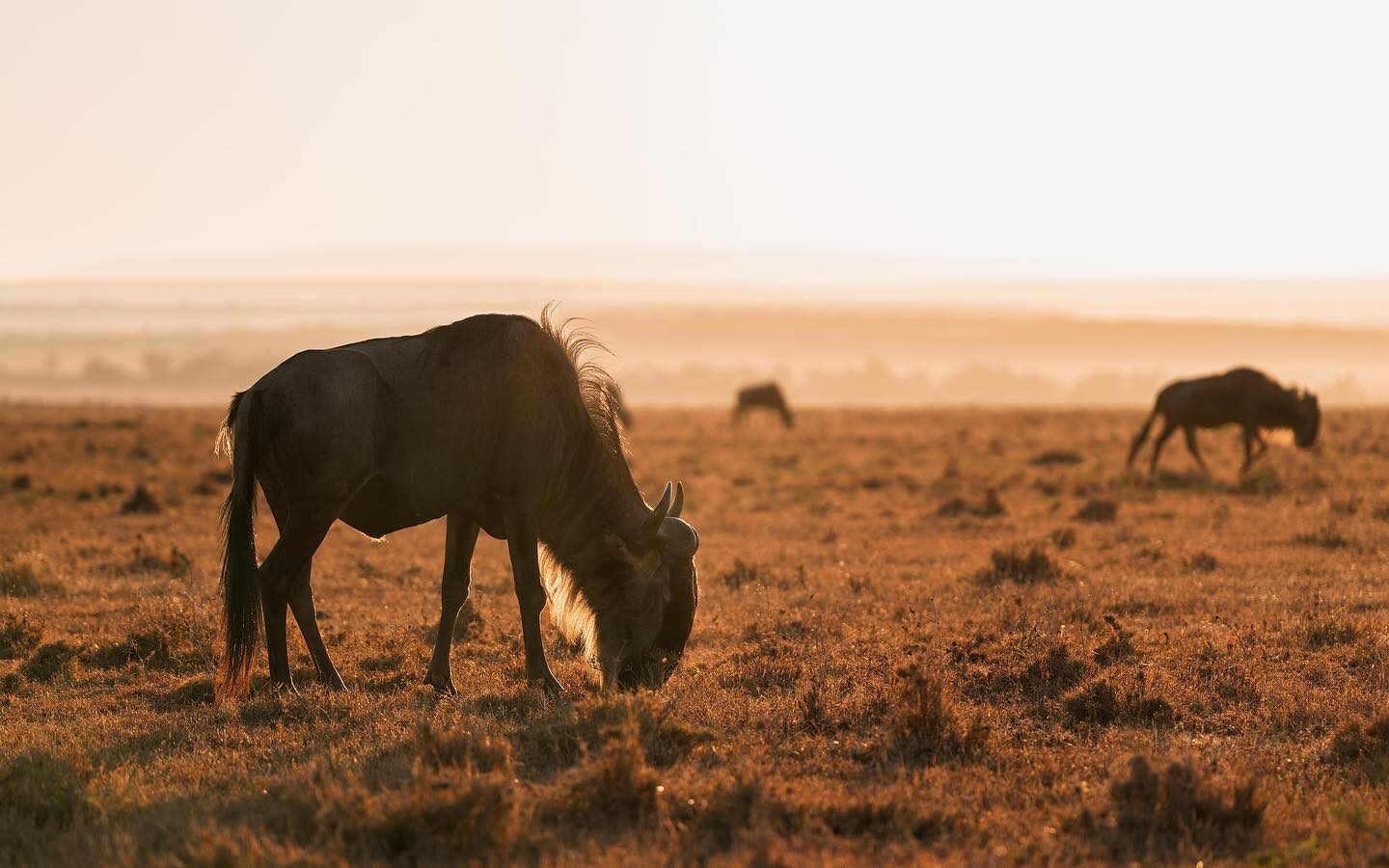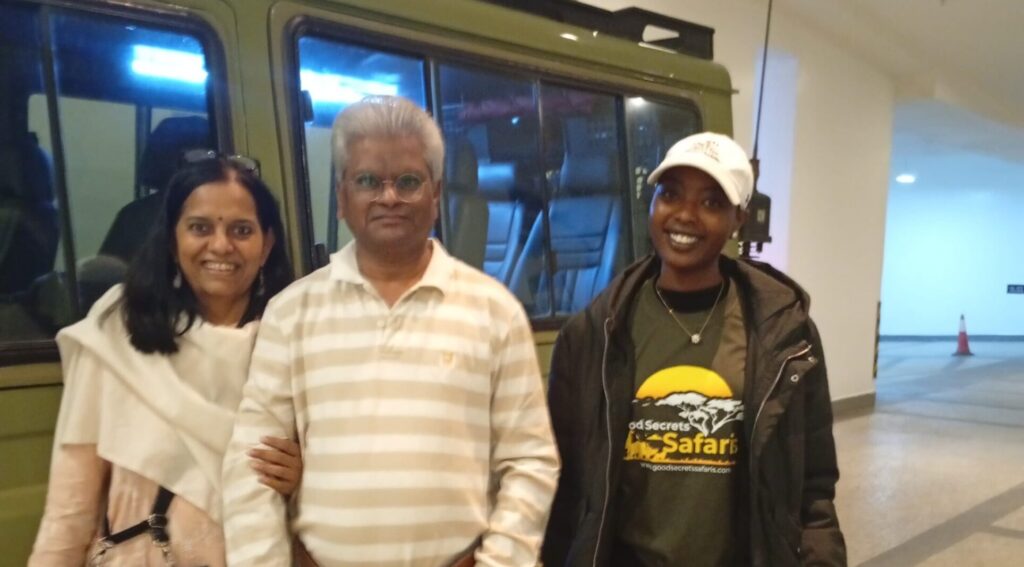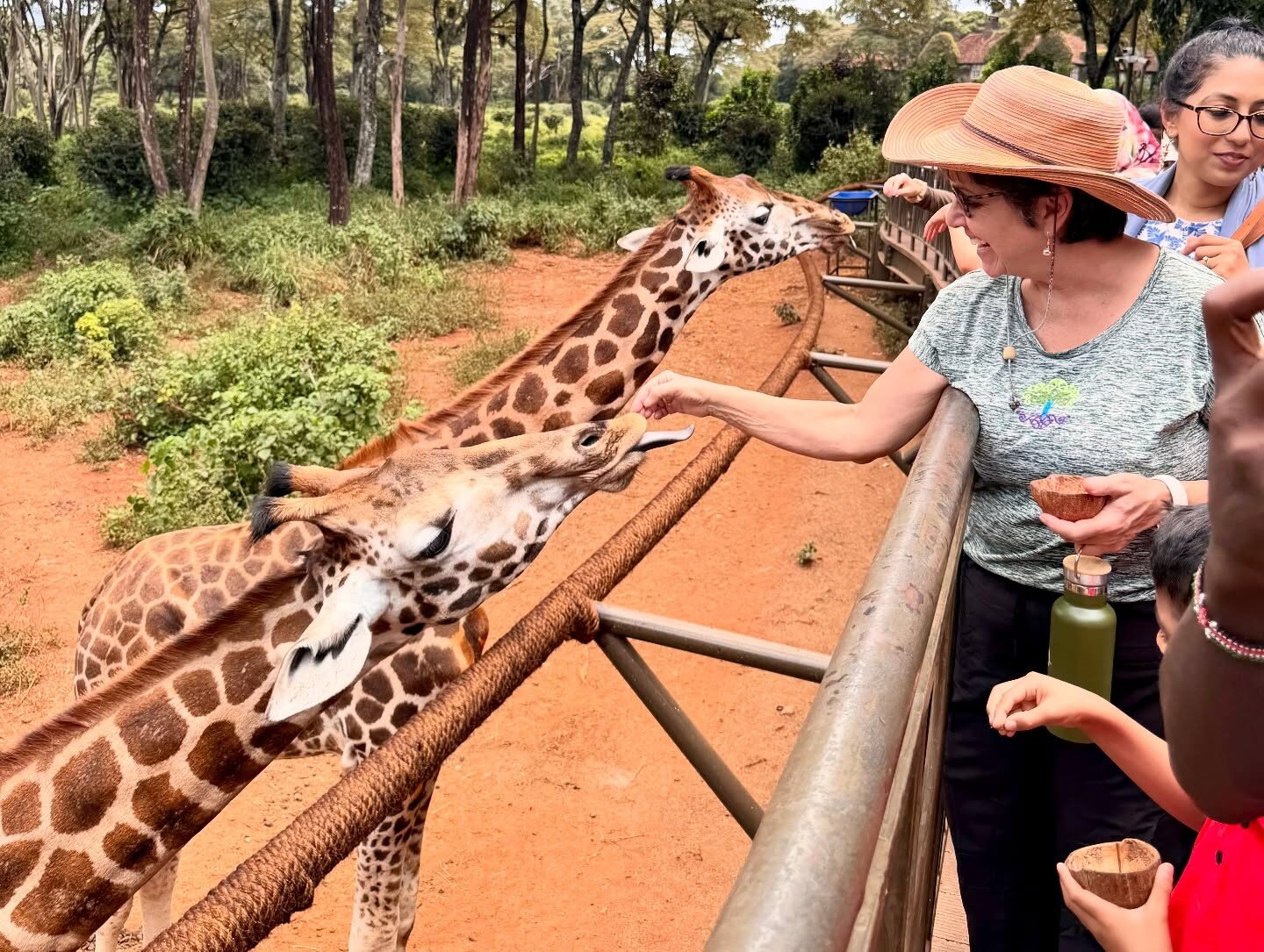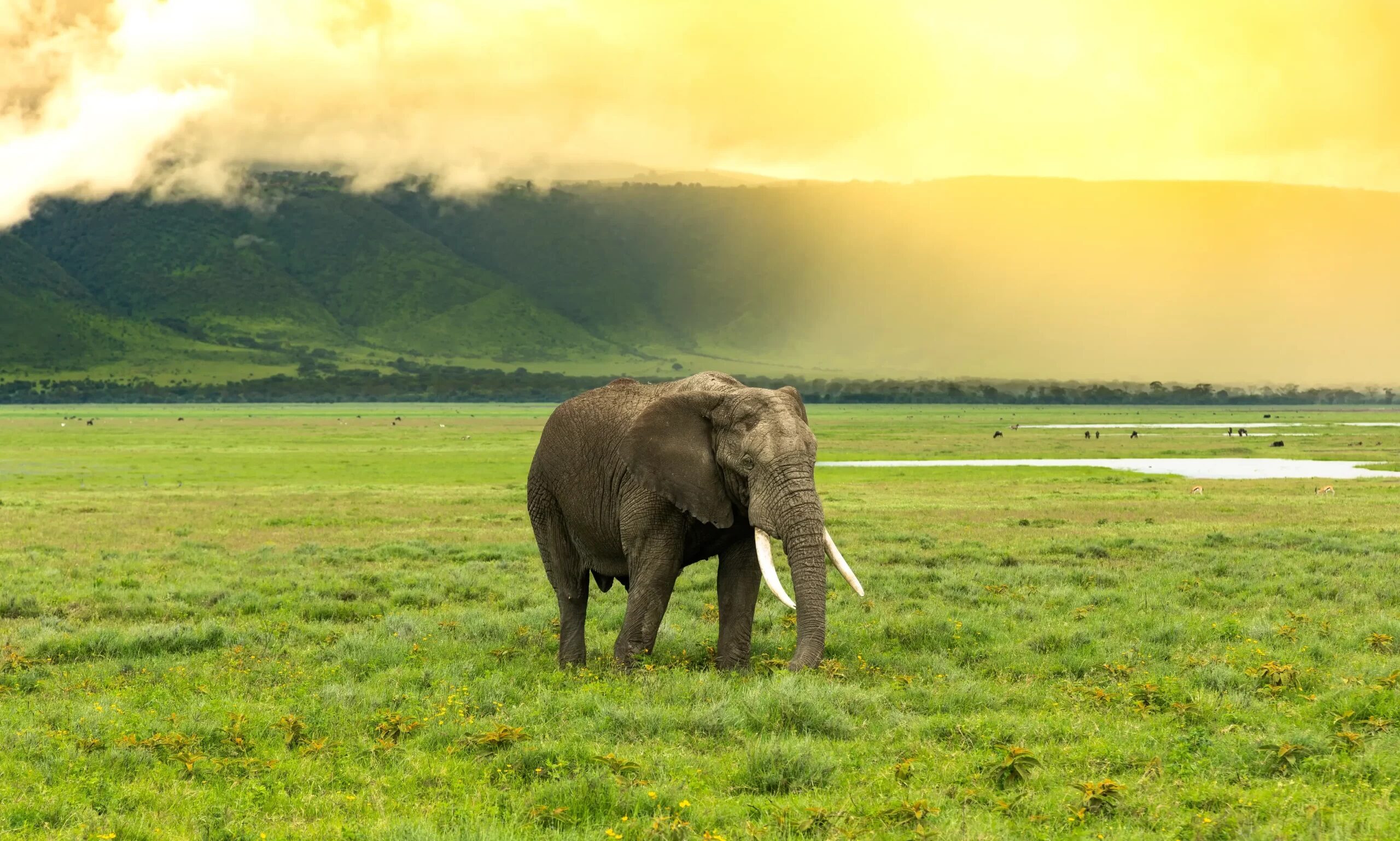Introduction
Let me be honest—every time someone asks me, “Is it too hot for seniors to safari in January or February?”, I pause for a second. Because, well… it depends. I’ve had some senior clients thrive in the East African heat during these months, while others melted like butter on toast before lunchtime.
January and February fall smack in the middle of East Africa’s short dry season, which means blue skies, golden grasslands, and spectacular wildlife sightings. But it also means heat—real, sun-on-your-neck heat, especially in areas like Tsavo, Samburu, and parts of northern Tanzania. So if you’re planning a safari for someone 60+, or you’re in that beautiful “golden” bracket yourself, stick around—I’ve learned a few things that could help you pick the right safari strategy for these months.
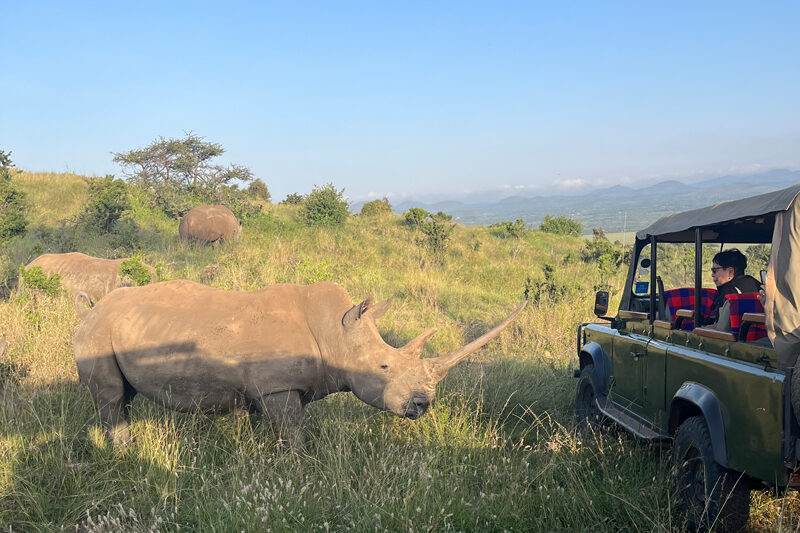
What the Weather Feels Like in January & February
Let’s not sugarcoat it—January and February are hot. In many safari hotspots like the Serengeti or Masai Mara, temperatures hover between 28°C to 33°C (82°F to 91°F) during the day. Nights cool down a bit, sometimes dipping to a manageable 17°C (62°F), but during the day, that sun hits hard, especially around midday.
I remember planning a January trip for a lovely American couple in their seventies. They were game for anything, but by Day 2 in Amboseli, the husband was wiped out by noon. He didn’t hydrate enough, and we had to cut the afternoon drive short—lesson learned: heat is not just uncomfortable—it can sneak up on you if you’re not careful.
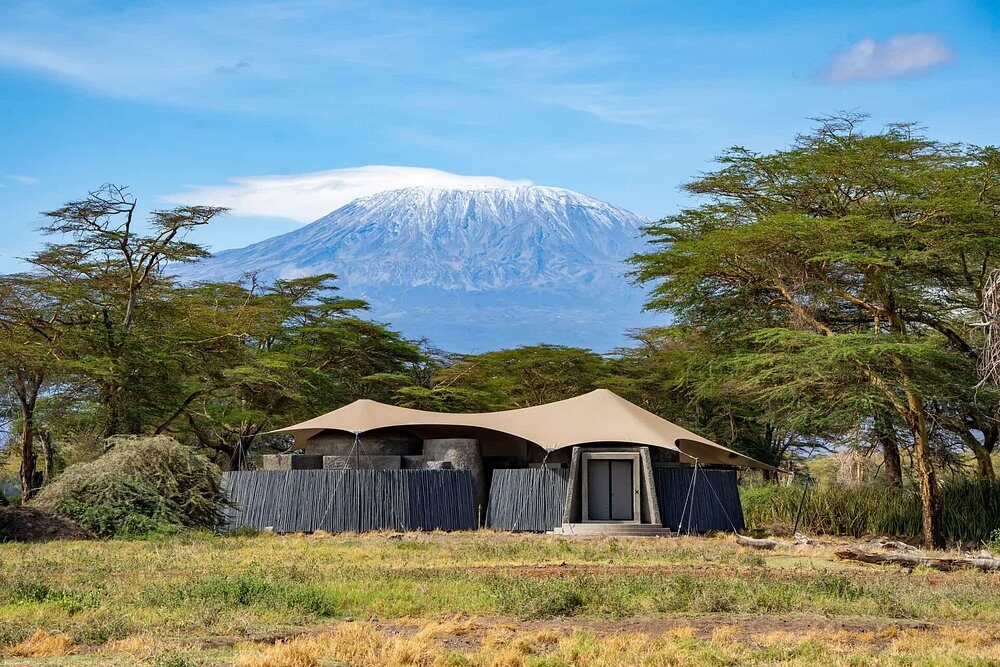
That said, not every region feels the same. Higher-altitude areas like Ngorongoro and parts of Laikipia stay pleasantly cool—even in February. If you want to avoid the worst of the heat, stick to these elevated zones.
Tips I’ve Learned the Hard Way
So here’s the thing—heat by itself isn’t the issue. It’s how you plan around it. Over the years, I’ve developed a few strategies to make January and February safaris totally doable (and enjoyable!) for older travelers.
First: game drives early and late, always. We start at sunrise, back to the lodge for brunch and rest by 11 a.m., then out again at 4 p.m. That mid-day sun? Avoid it like a traffic jam in Nairobi.
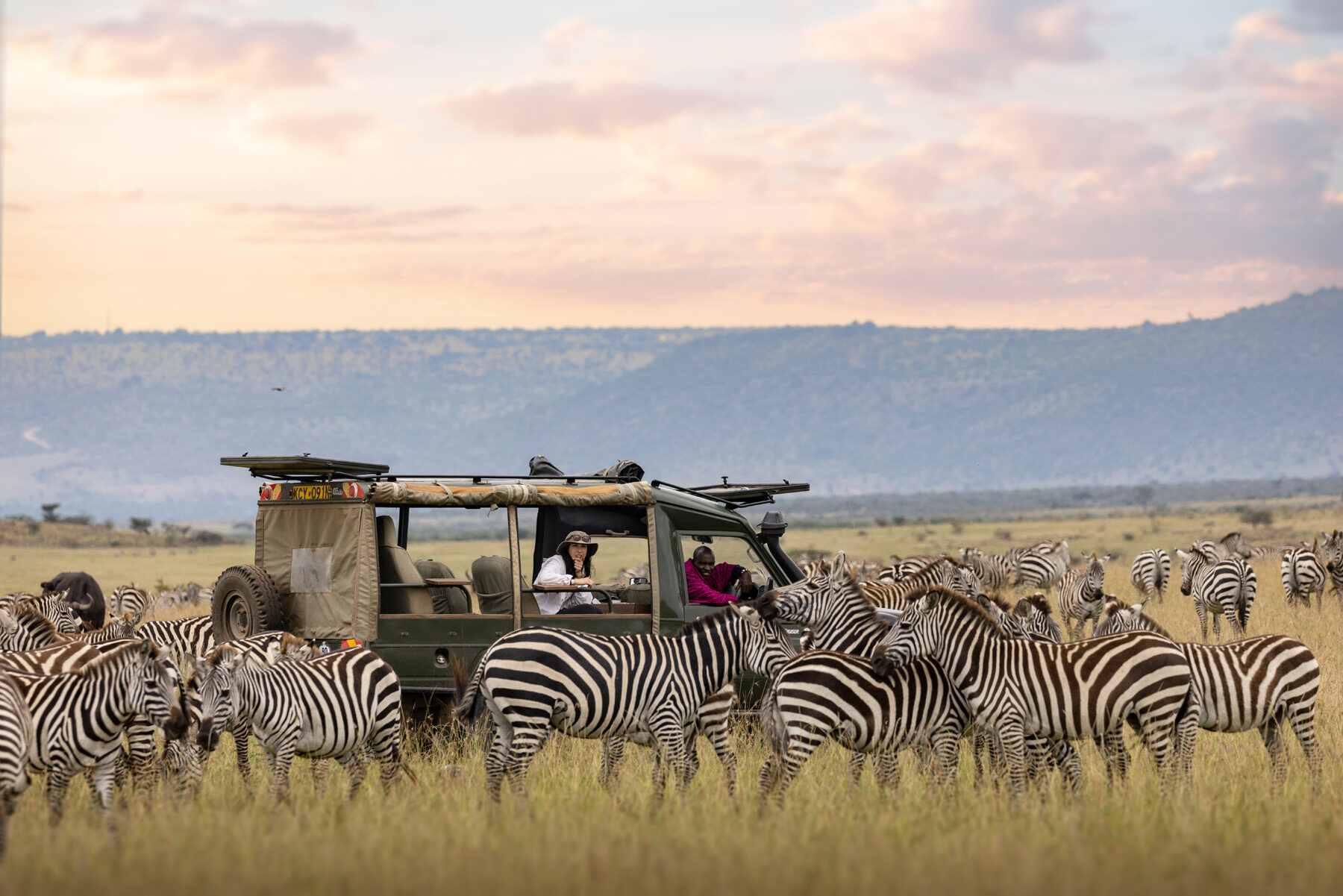
Second: choose lodges with shaded patios, fans (or AC), and a pool if possible. One group I worked with in Tarangire stayed at a beautiful camp with no fans. That was… a mistake. They still talk about it, but not in a good way.
Third: drink water constantly—even if you’re not thirsty. Dehydration hits faster in dry heat, especially at altitude. I now carry rehydration salts for all my guests just in case. They’re lifesavers, literally.
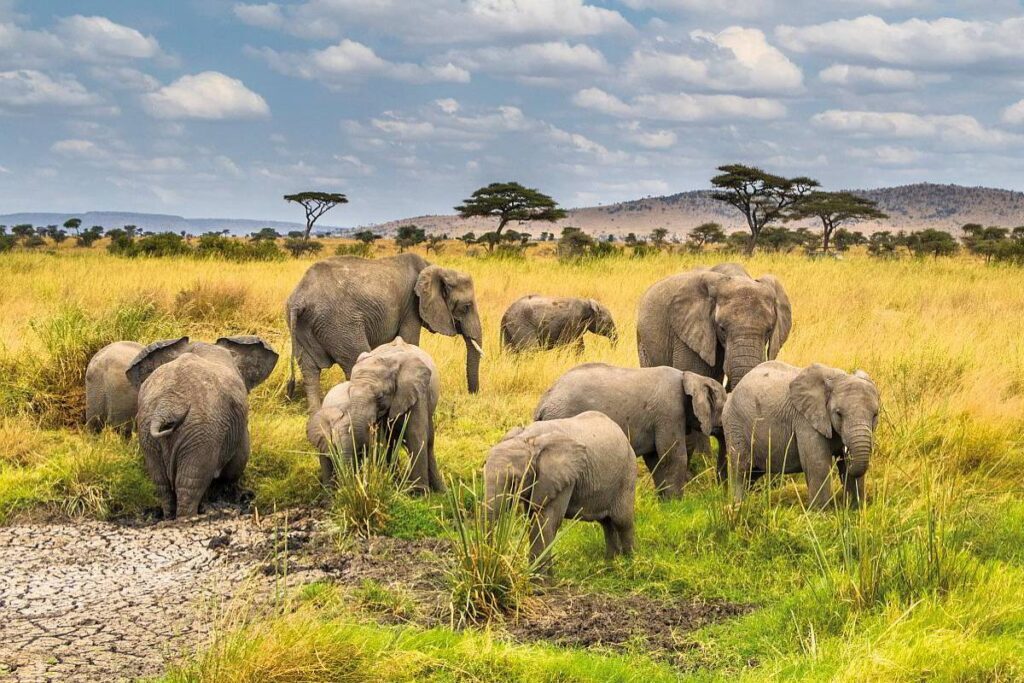
January vs. February—Which One’s Better?
Honestly? February edges out January in terms of comfort for senior travelers—but just barely. The weather is still hot, but by mid-February you’ll start to notice small signs of change as the region prepares for the long rains coming in March.
Also, February is calving season in the Serengeti, and if you’ve never seen a baby wildebeest learning to stand up while a lion prowls nearby… trust me, it’s unforgettable. Wildlife is everywhere during this time because the plains are full of fresh grass, and predators know it’s feeding time. So while it’s warm, it’s also prime time for action-packed sightings.
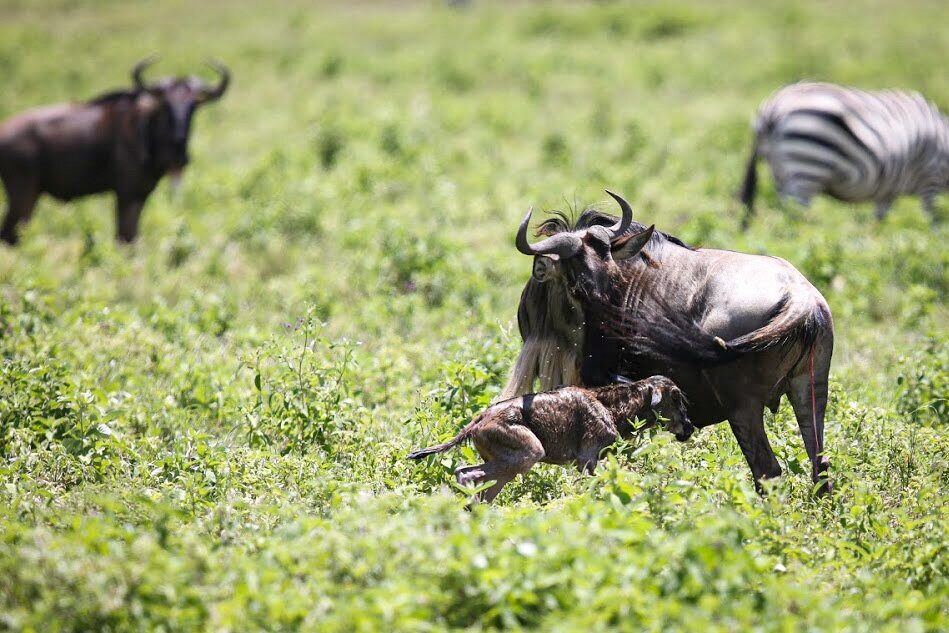
January tends to be a bit more intense heat-wise, especially early in the month. So if you’re traveling then, aim for higher-elevation regions, and avoid dry, dusty parks like Tsavo East or Lake Manyara unless you’re ready to sweat buckets.
What Seniors Should Pack (Besides a Sense of Adventure)
I can’t say this enough—what you pack in hot months makes or breaks your safari. Lightweight, breathable clothes (think linen or moisture-wicking cotton) are key. And don’t bring black! It absorbs heat and attracts tsetse flies in some places.
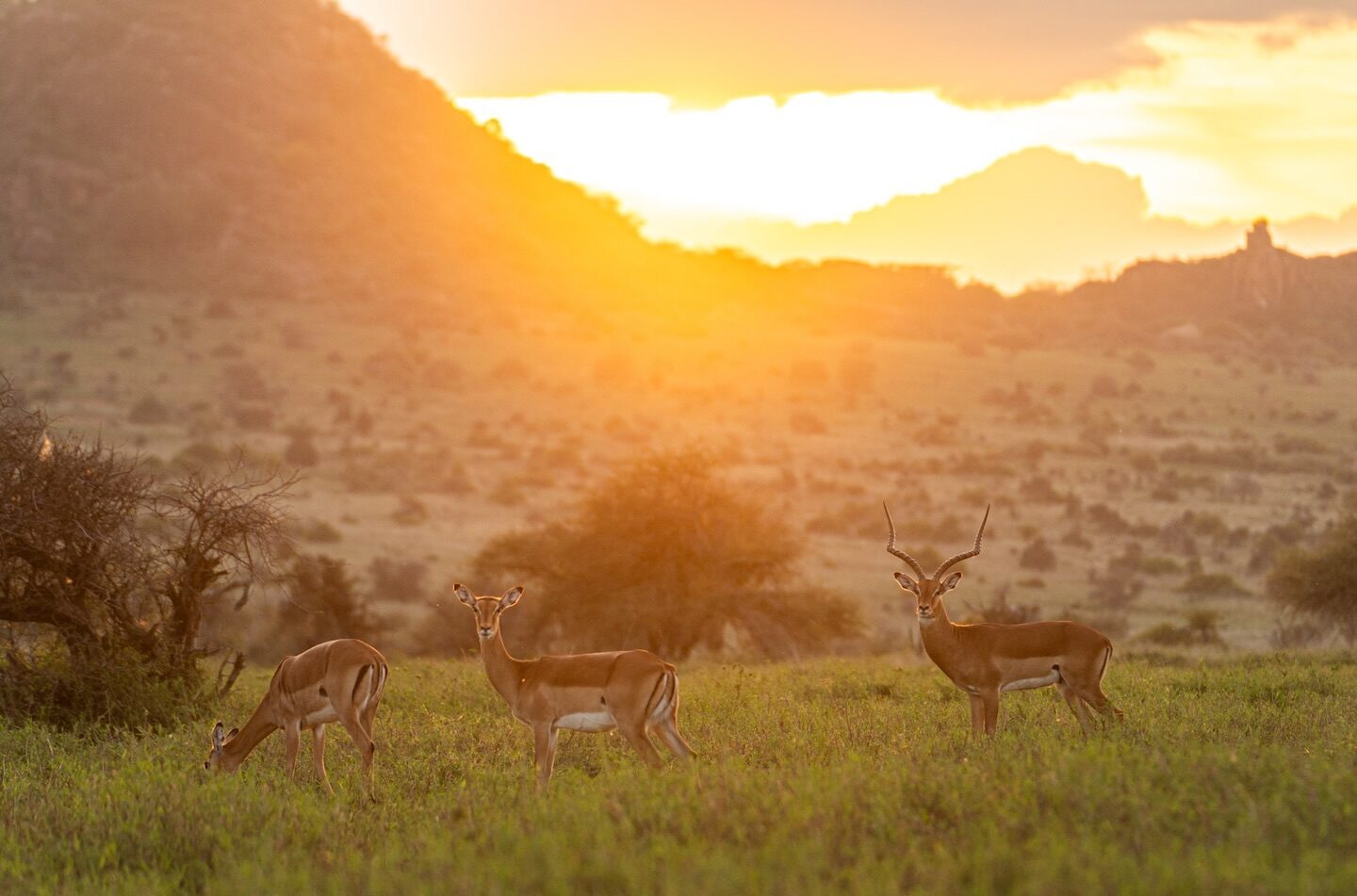
I always remind senior travelers to carry:
- A wide-brim hat (not a cap—it won’t shade your neck),
- UV-protective sunglasses,
- A refillable water bottle (metal, not plastic—it stays cooler),
- Electrolyte tablets or oral rehydration salts.
And please, please wear sunscreen with SPF 50+. I once had a guest with a sunburn so bad she had to skip two days of the itinerary. Not fun.
So… Is It Too Hot?
Here’s the truth—January and February can be hot, but they don’t have to be too hot for a senior safari if you plan smart. I’ve seen 80-year-olds have the time of their lives watching elephants splash in Amboseli’s marshes, even with the sun high above. The key is understanding the climate, adapting your pace, and being intentional about your destinations.
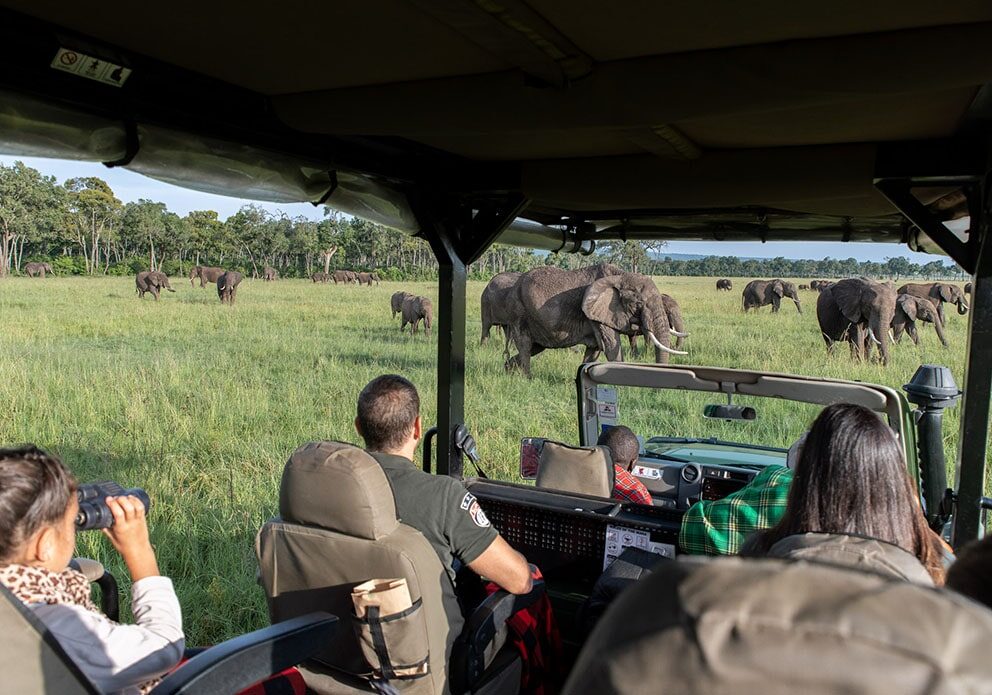
If you want to catch the calving season, avoid crowds, and don’t mind a little warmth, February’s a solid pick. If you’re more sensitive to heat or prone to fatigue, consider waiting until June when the dry season starts again and temperatures drop a bit.
Conclusion
So, is it too hot for seniors to safari in January or February? No—but only if you’re prepared. With early game drives, smart packing, high-altitude parks, and proper hydration, you’ll be just fine. These months bring stunning wildlife moments and thinner crowds—it just takes the right balance of planning and flexibility.
Want help tailoring a safari that works with the heat and not against it? Reach out. I’ve got the fans ready and the rehydration tabs on standby

